What is the DICE Framework?

The DICE Framework is a tool of the Boston Consulting Group
(BCG) that can be used to calculate how well a company is implementing its
change initiatives, or how well it will be able to implement its change initiatives.
Can we expect certain initiatives to be successful or are they doomed to failure
from their inception? According to an article by Harold L. Sirkin, Perry Keenan
and Alan Jackson from BCG in the Harvard Business Review of October 2005,
soft factors that influence the success of a change program include:
vision, leadership, organizational culture, employee motivation, top-down
or participatory approach. But there are also a number of hard factors,
which are not always receiving the attention that they deserve. These hard
DICE Factors are:
- D: Duration. For short project: its total length. For long projects:
the time between formal reviews of milestones.
- I: Integrity. The project team's ability to successfully complete
the change project on time.
- C: Commitment.
- C1: Backing from the most influential executives (often, but
not necessarily top management).
- C2: (Lack of) support from employees who are being influenced
by the change.
- E: Effort. How much work does the change initiative require above
the regular workload of employees.
The DICE framework builds a continuum:
- At one extreme there are short projects which are led by a skilled,
motivated, and cohesive team. They are championed by top management. And
implemented in a department that is receptive for the change and has to
put in very little additional effort. Such projects are very likely to succeed.
- At the other extreme there are long, comprehensive projects that are
executed by a non-expert, unenthusiastic, and disjoined team. Without any
top-level sponsors and aimed at a function that does not like the change
and has to spend a lot of extra work. Such projects will normally not succeed.
Origin of the DICE Framework. History
The DICE Framework is based on a 1992-1994 research project by BCG that
analyzed 225 companies. The framework has been used at over 1100 companies
since then, confirming that these factors are (the only) correlated to predict
the outcome of change projects.
Calculation of the DICE Framework. Formula
By using a set of simple questions, each factor must be given a score from
1 (very favorable) to 4 (highly unlikely to contribute to success). Next,
the DICE score is calculated, applying the following formula: DICE Score
= D + (2 x I) + (2 x C1) +C2 + E.
7 is the best possible score. 28 the worst. Projects between 7 to 14 are
in the "Win Zone" and are very likely to succeed. Projects between
14 and 17 in the "Worry Zone" are risky. Projects with scores over
17 are in the "Woe Zone" and are very risky.
Usage of the DICE Framework. Applications
- Track the score of a project over time.
- Compare the score of a project with the scores of previous projects.
- Compare the score of a project before and after making changes
to the structure of a project.
- Manage a portfolio of projects. Determine which ones should receive
the most attention and resources.
- Provide a common language to discuss change.
- Enforce conversation / communication.
Strengths of the DICE Framework. Benefits
- Hard factors such as the DICE Factors can be measured, communicated
and influenced.
- Simplicity. Enables communication.
- Consistency. Standard way of determining project feasibility.
- Using a framework helps managers to evaluate projects consciously.
Limitations of the DICE Framework. Disadvantages
- Determining the scores is a subjective process.
- Simplicity. The method does not deal with the soft change factors,
although they are important.
Assumptions of the DICE Framework. Conditions
- Organizations should pay attention to 4 hard change factors before considering
soft change elements when considering or evaluating a change initiative.
|
Forum discussions about Project Portfolio Management.
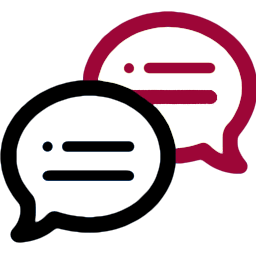
|
DICE Framework Criticisms
1. The DICE framework is a good effort to measure a change process more objectively. However, the DICE factors such as duration, integrity, commitment and effort which are termed as hard factors are e...
 11 |
|
🔥
|
How to Implement DICE?
The DICE analysis sounds interesting to be implemented and catches my attention for a couple of projects running in my organization. I would like to have some tips on how to prepare a DICE questionnai...
 7 |

|
DICE Questions List Needed
For this to be considered even reasonably objective need a list of questions that can be used to objectively measure the dice factors.
As currently described here these factors are not at all hard b...
 6  1 comments |
|
|
|
Courses about Project Portfolio Management.
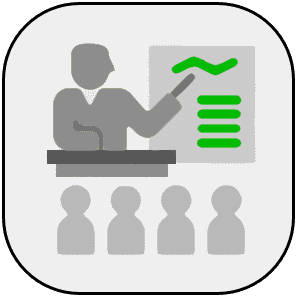
Beginners Course
|
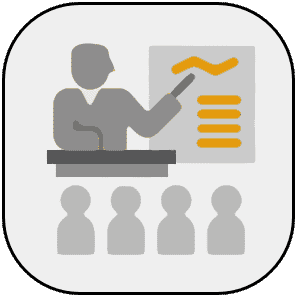
Advanced Course
|

Course for Experts
|
|
|
|
The best, top-rated topics about Project Portfolio Management. Here you will find the most valuable ideas and practical suggestions.
|
|
|
Advanced insights about Project Portfolio Management. Here you will find professional advices by experts.

Consultancy Tips
|

Teaching Tips
|
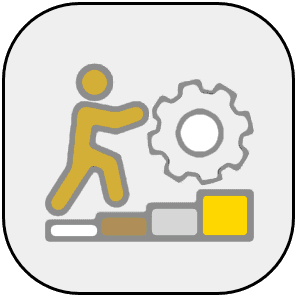
Practical Implementation Tips
|
|
|
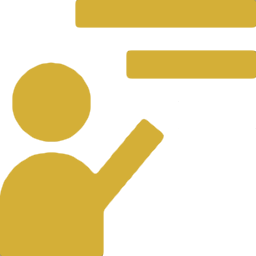
|
Assessing the Risks of Change and the Organization’s Capacity for Change Leading Change
In their book "Transforming Public and Nonprofit Organization – Stewardship for Leading Change", James Edwin Kee and Kat...
|

|
Creating Organizations to Produce Breakthrough Innovations Best Practices, Critical Factors, Creating an Organization to lead Radical Innovation
Since 50 years, the Pentagon’s Defense Advanced Research Projects Agency (DARPA) has been very successful in producing a...
|

|
Strategic Change: Why, What, When, Who and How Preparing Strategic Change
If we need to change strategically, we need to think about why, what, when, who and how:
- Why do we want to change? - ...
|

|
A Closer Look at How Change and Innovation Decisions are Made Decision-making on Organizational Change, Innovation Decision-making, Contingent, Participative Decision-making
Kim, T (2015) elaborates on decision making on "non-routines" or innovations. According to him, non-routines can be seen...
|

|
PROs and CONs of a Strong Corporate Culture Corporate Culture Change, Change Management, Organizational Change
Implementing a significant change is generally easier when the corporate culture is not strong. By strong Corporate Cult...
|

|
DICE Scoring Guidelines for your Change Inititatives Calculating DICE Scores
With the help of following scoring GUIDELINES, change initiatives can be rated effectively:
- Duration (D): If the time...
|

|
DICE Scoring Questions for your Change Inititatives Calculating DICE scores
With the help of following QUESTIONS, change initiatives can be rated effectively:
- Duration (D): Do formal project ov...
|
|
|
|
Various sources of information regarding Project Portfolio Management. Here you will find powerpoints, videos, news, etc. to use in your own lectures and workshops.
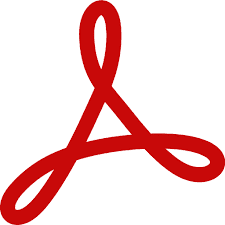
|
DICE-framework Overview Change Management, Decision Making, Project Portfolio Management
Presentation about the DICE-framework that is based on the HBR-article “The Hard Side of Change Management” in HBR 2005....
|

|
Evaluating Organizational Change: Approaches, Reasons, Types and Processes Change Management, Success of Organizational Change, Organizational Learning
This presentation elaborates on how to evaluate organizational change. The presentation includes the main known approach...
|

|
DICE Framework Diagram Change Initiatives Assessment
Download and edit this 12manage PowerPoint graphic for limited personal, educational and business use.
Republishing in ...
|
|
|
|
Useful tools regarding Project Portfolio Management.

News
|

Videos
|
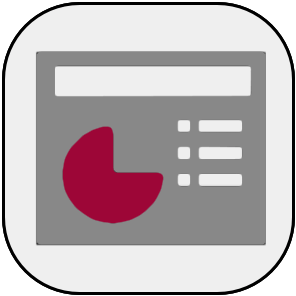
Presentations
|
| |

Books
|

Academic
|
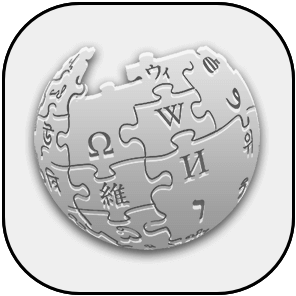
More
|
|
|
|
Compare with the DICE Framework:
Change Equation |
Project Risk Assessment |
Force Field Analysis
| Stage-Gate Cooper
|
Changing
Organization Cultures |
Appreciative Inquiry
| Positive Deviance
| RACI |
Change Iceberg
| Change Phases |
Dimensions of
Change | Balanced
Scorecard
Return to Management Hub: Change & Organization | Communication & Skills | Decision-making & Valuation | Program & Project Management
More Management Methods, Models and Theory
|
|
|














